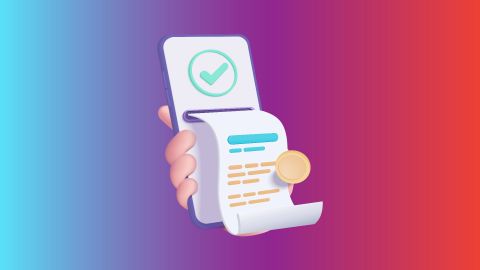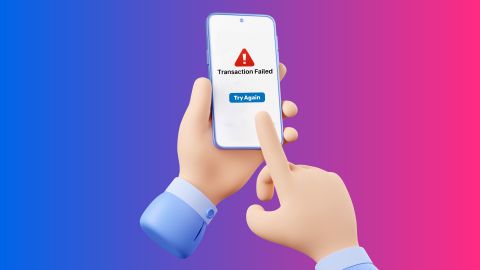Each of these methods caters to specific needs, ensuring users have the flexibility to transfer money conveniently. Understanding the differences between these systems helps individuals choose the right mode based on urgency, transaction value, and availability. This guide explores the features, benefits, and limitations of each option to assist in making informed decisions.
What is NEFT (National Electronic Funds Transfer)
NEFT is a reliable system for transferring money between banks electronically. It is maintained by the Reserve Bank of India (RBI) and operates on a deferred settlement basis. Transactions through NEFT are processed in batches at scheduled intervals, ensuring secure and cost-effective transfers.Individuals and businesses use NEFT for non-urgent transactions, as it allows them to send or receive funds to and from any NEFT-enabled bank branch. There are no minimum transaction limits, making it ideal for transferring small or large amounts. While NEFT transactions are now available 24x7, users must have complete bank details, including the IFSC code, to initiate transfers.
The time taken for settlement depends on the batch processing schedule, which can result in slight delays during peak periods. Despite this, NEFT remains a preferred choice for its security and affordability, particularly for transactions that are not time-sensitive.
What is RTGS (Real-Time Gross Settlement)
RTGS is designed for high-value, urgent transactions. Unlike NEFT, RTGS operates on a real-time basis, meaning transactions are settled immediately when they are initiated. This makes it the go-to option for businesses and individuals needing quick fund transfers without delays.RTGS is particularly suited for large-value transactions as the minimum transfer amount is Rs. 2,00,000. There is no upper limit, making it ideal for corporate or inter-bank settlements. However, RTGS is restricted to business hours, which can vary between banks.
Users benefit from its speed and reliability, especially for time-critical payments. The system processes transactions individually, ensuring funds reach the beneficiary’s account instantly. RTGS is secure, supported by the RBI, and increasingly favoured for large-scale financial dealings.
What is IMPS (Immediate Payment Service)
IMPS offers a highly efficient method for transferring funds instantly, regardless of the time or day. Operated by the National Payments Corporation of India (NPCI), IMPS is accessible 24x7, including weekends and bank holidays.One of the key advantages of IMPS is its flexibility. It supports small and medium-sized transactions, making it a convenient choice for day-to-day payments. The service allows users to send money using various details, such as mobile number and MMID, account number and IFSC, or even Aadhaar details.
IMPS is widely used for transactions that require immediacy but do not involve large sums. The system is cost-effective, secure, and highly user-friendly. As a result, it has become a popular alternative to NEFT and RTGS for quick and seamless transfers.
What is UPI (Unified Payments Interface)
UPI has revolutionised the way people handle digital payments in India. Powered by the NPCI, UPI enables fund transfers through mobile applications with just a few clicks. It eliminates the need for extensive bank details, allowing users to send and receive money using a unique Virtual Payment Address (VPA).UPI is an instant payment system that works 24x7, including public holidays. It supports peer-to-peer transfers, bill payments, and even merchant transactions, making it versatile. With no minimum transaction limit and minimal fees, UPI is accessible to a wide range of users, from individuals to small businesses.
A standout feature of UPI is its seamless integration with digital wallets, allowing users to manage all their payment needs from one platform. Services like UPI through Bajaj Pay have made digital transactions faster, safer, and more efficient. UPI continues to grow in popularity for its ease of use, speed, and security.
Key differences between NEFT, RTGS, IMPS, and UPI
| Feature | NEFT | RTGS | IMPS | UPI |
| Transfer speed | Batch-based | Instant | Instant | Instant |
| Availability | 24x7 | Business hours | 24x7 | 24x7 |
| Minimum limit | None | Rs. 2,00,000 | None | None |
| Maximum limit | Bank-specific | None | Bank-specific | Bank-specific |
| Suitable for | Non-urgent transactions | High-value transactions | Daily needs | All types of transactions |
Advantages and limitations of digital wallets
Digital wallets offer a convenient way to make payments and manage funds. Below are the advantages and limitations:Advantages:
Quick and seamless transactions without the need for cash.
Easy integration with platforms like Bajaj Pay for multiple payment options.
Secure payment environment with features like OTP and PIN.
Ability to store multiple payment methods in one place.
Useful for peer-to-peer transfers and bill payments.
Limitations:
Dependent on internet connectivity for operations.
Potential risks of unauthorised access if security measures are weak.
Limited acceptance in some rural or remote areas.
For a versatile payment experience, services like digital wallet are continually improving to address these challenges.




